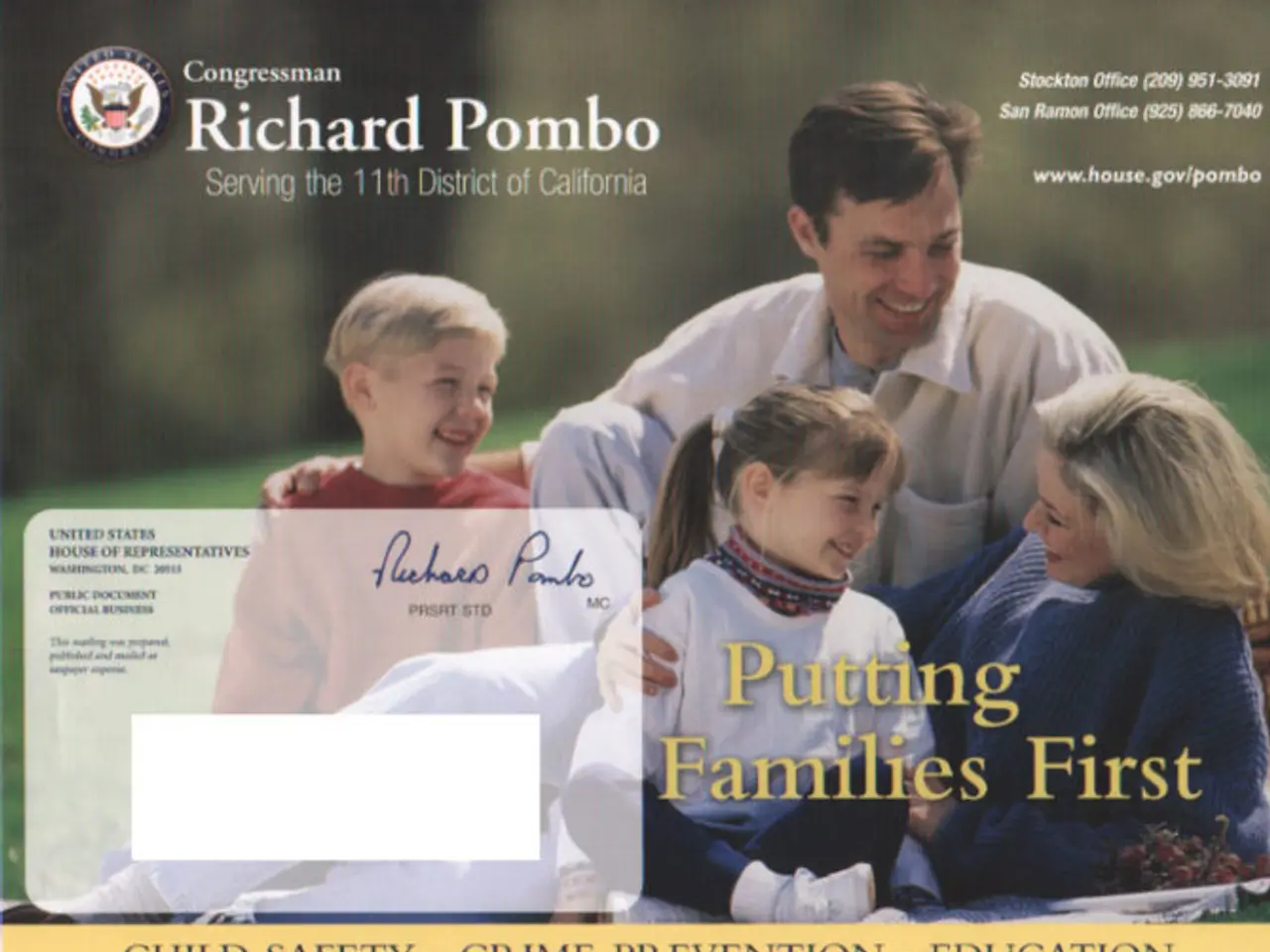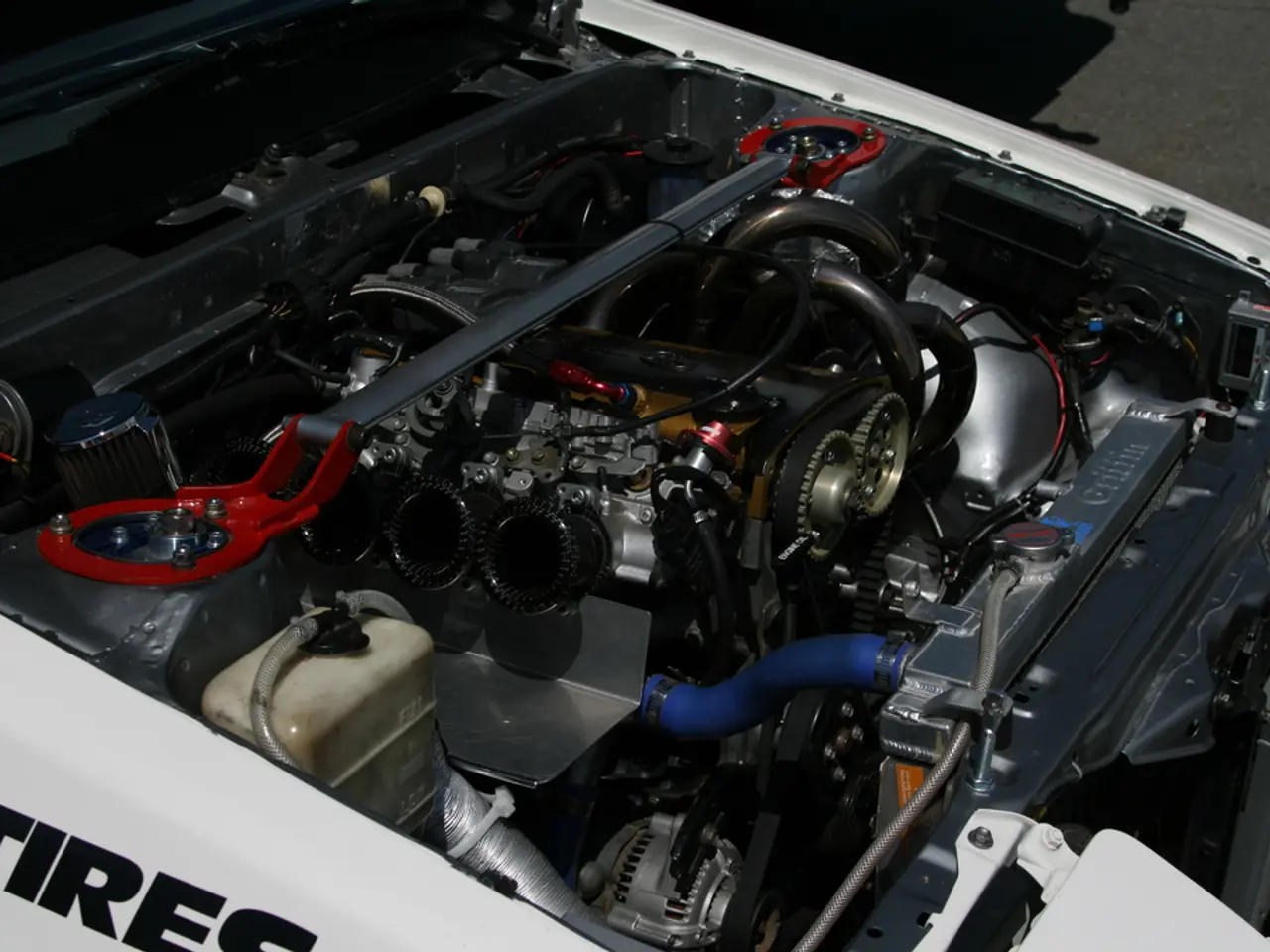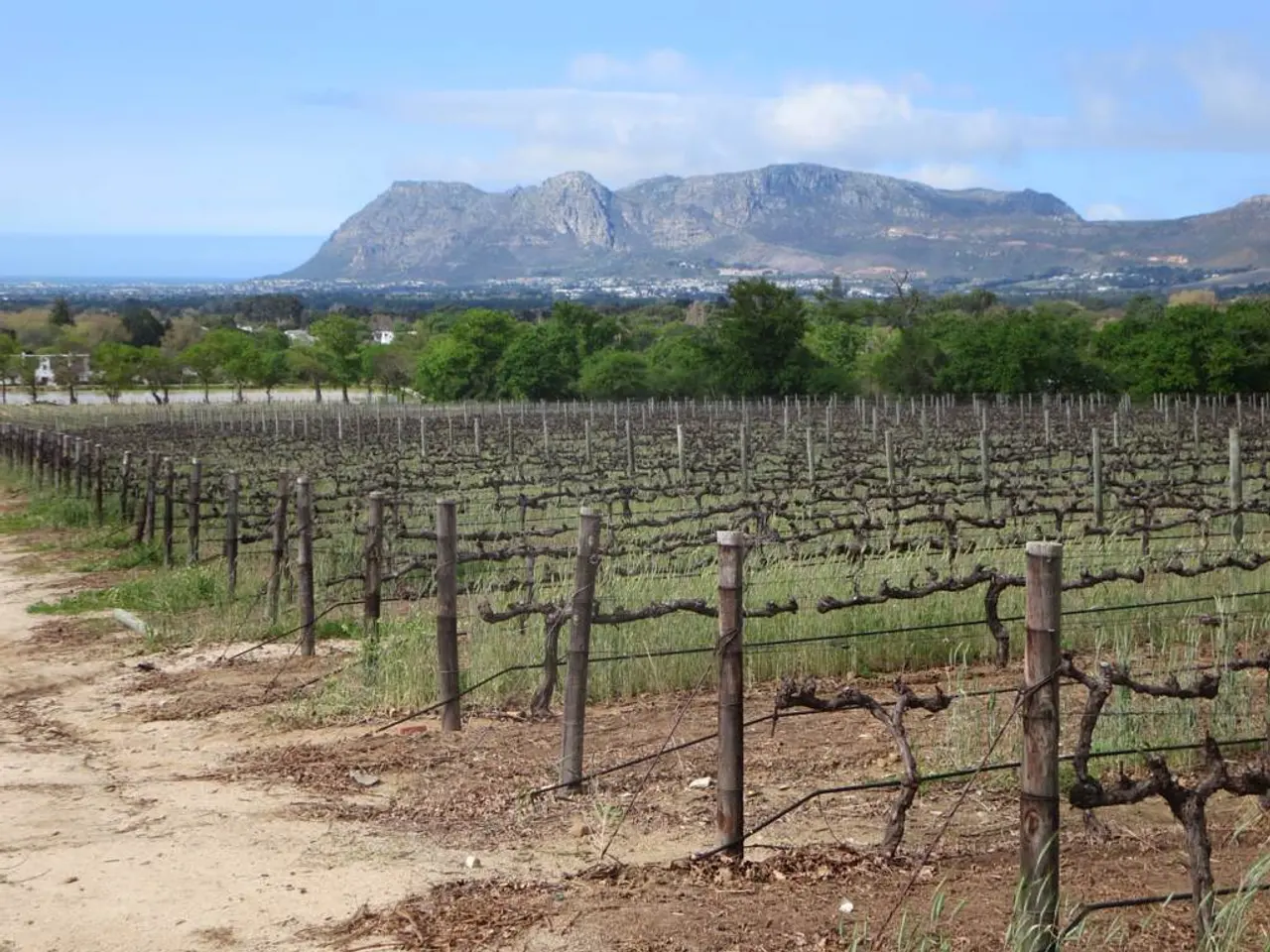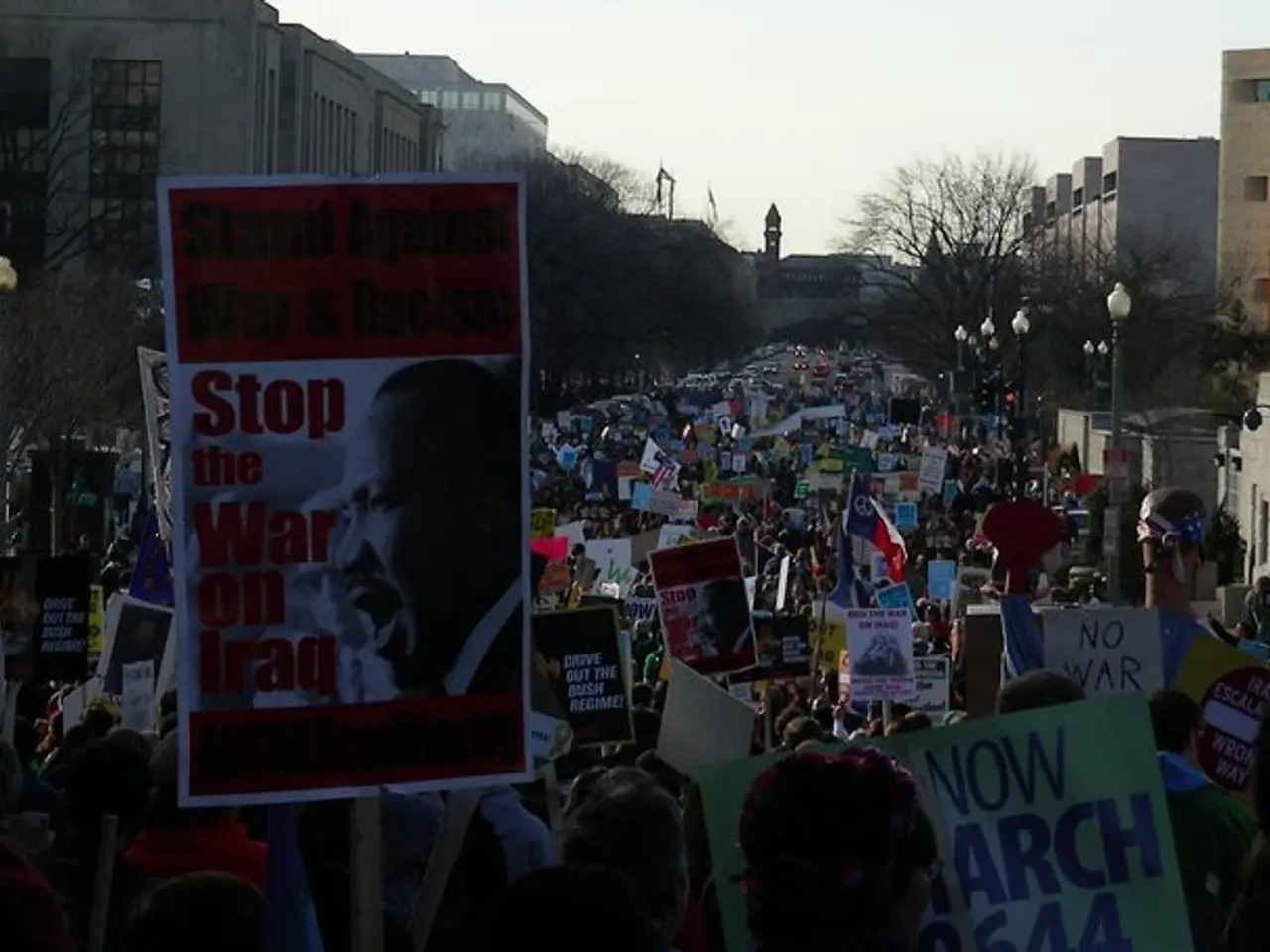Permit Approval for Facilities Handling Explosives under RCRA Subpart X Regulations
In the realm of hazardous waste management, the 1992 Model Permit plays a crucial role. This document, available as a PDF file with a size of 1.07 MB, is not a standalone regulatory document but rather a guide for writing permits. It is specifically designed for "Miscellaneous Units" as per Title 40 of the Code of Federal Regulations.
The 1992 Model Permit is intended for facilities with open burning and/or open detonation units. These facilities are subject to the provisions of Title 40 of the Code of Federal Regulations Part 264 Subpart X, which outlines the regulations for hazardous waste management under the Resource Conservation and Recovery Act (RCRA).
The Model Permit is designed to aid in writing Resource Conservation and Recovery Act hazardous waste management permits. It provides a specified format for permit conditions and offers recommended language for these conditions. The recommended permit language typically integrates conditions clearly and enforceably, aligning with EPA’s technical guidance to promote consistent and compliant hazardous waste treatment via open burning or detonation.
The core elements of the 1992 Model Permit focus on prevention of uncontrolled releases, protection of public health and the environment, and regulatory oversight that is consistent with the provisions of RCRA Subtitle C applicable to open burning and detonation treatment units under 40 CFR Part 264 Subpart X as established in the 1992 Model Permit framework.
The conditions outlined in the 1992 Model Permit are stringent and comprehensive. They include operational controls to minimize emissions and environmental releases from the open burning and detonation units, site security and access restrictions to prevent unauthorized entry, comprehensive monitoring and recordkeeping, requirements for contingency plans and emergency procedures addressing accidental releases or fires, closure and post-closure care provisions to manage residual contamination and prevent future risks, and reporting requirements that ensure timely notification of incidents and compliance status to regulatory authorities.
In essence, the 1992 Model Permit serves as a blueprint for safe and environmentally friendly operation of facilities with open burning and detonation units. By adhering to its recommendations, these facilities can ensure compliance with the Resource Conservation and Recovery Act and its related regulations, thereby promoting the protection of public health and the environment.
Science in the environmental sector plays a significant role in enhancing the safety and environmental friendliness of industrial facilities. The 1992 Model Permit, a guide for writing permits, specifically focuses on facilities with open burning and/or open detonation units. Finances in the industry are affected by adherence to the recommendations in this Model Permit, as compliance with the Resource Conservation and Recovery Act (RCRA) reduces the risk of penalties and environmental damage, ultimately leading to cost savings in energy use and waste management. By incorporating innovative techniques in environmental science, these facilities can minimize waste production, optimize energy efficiency, and promote sustainable practices within the industry.




